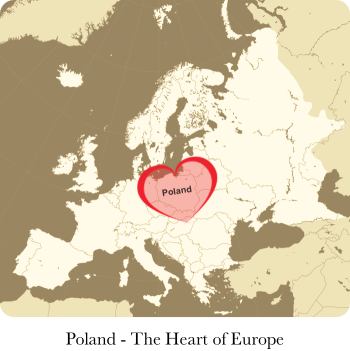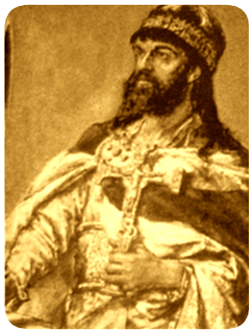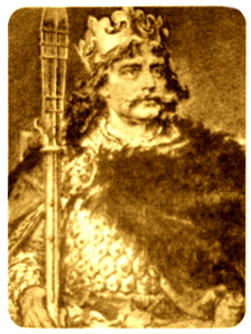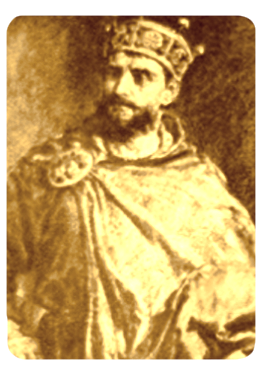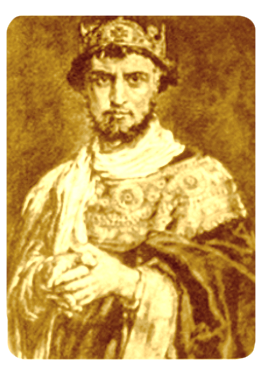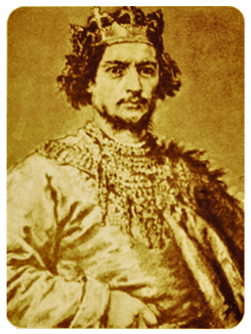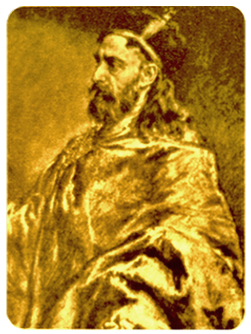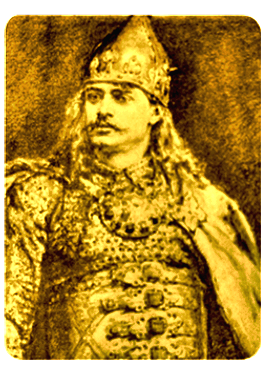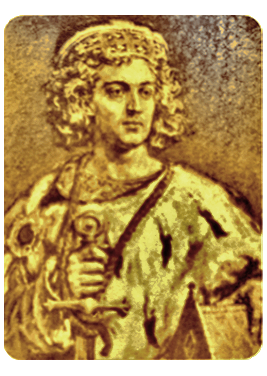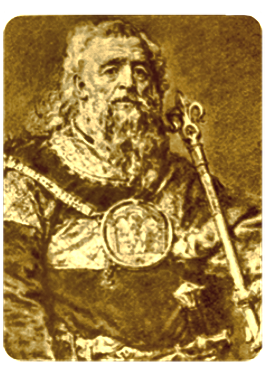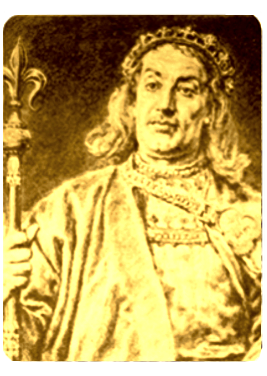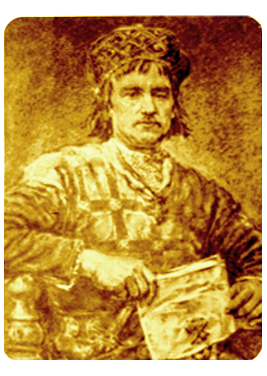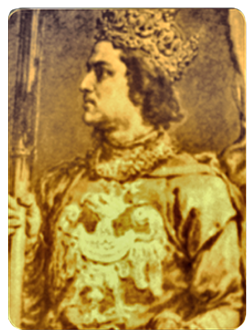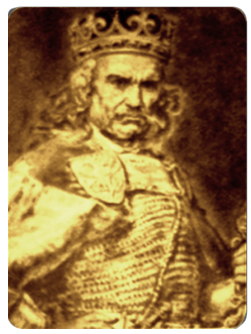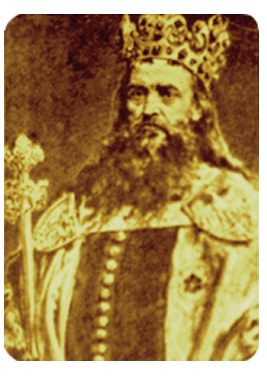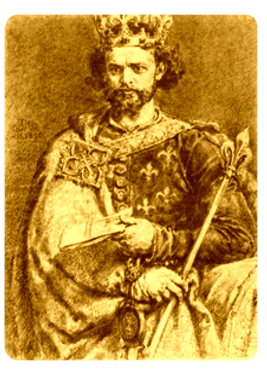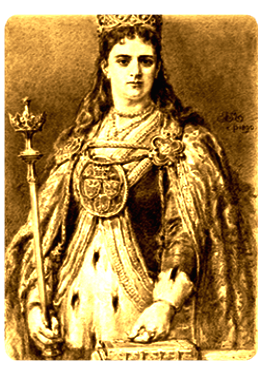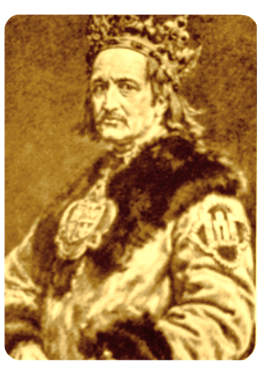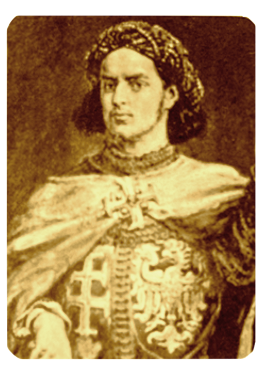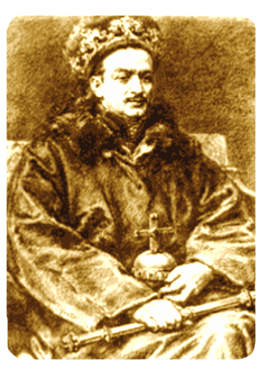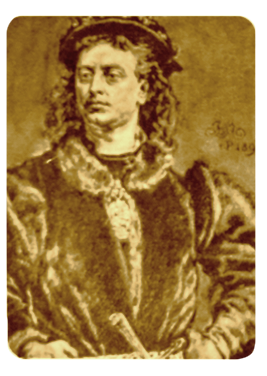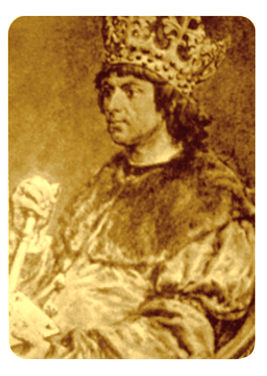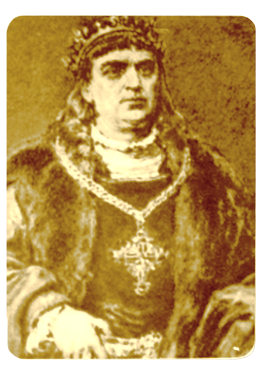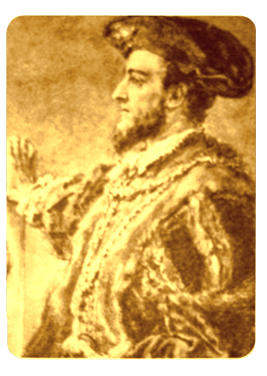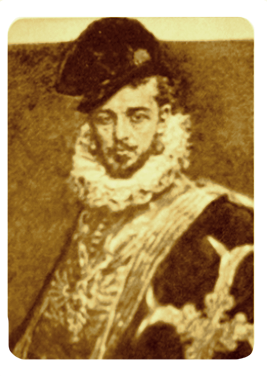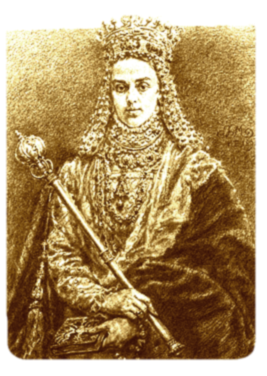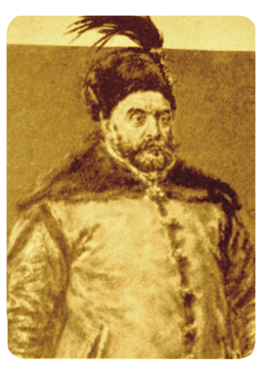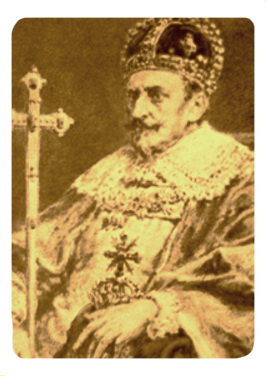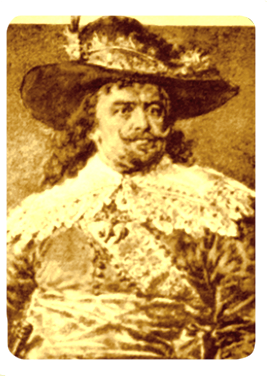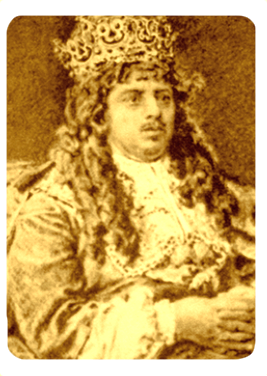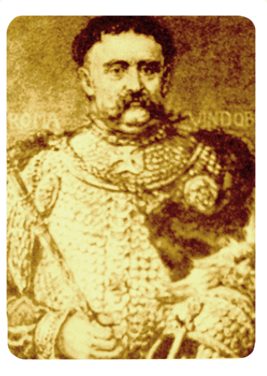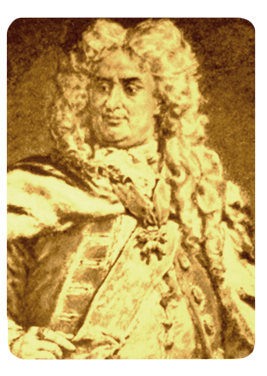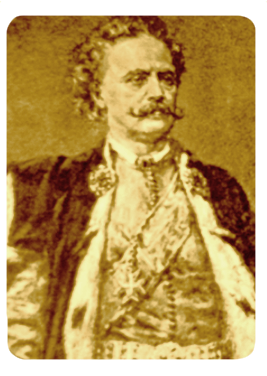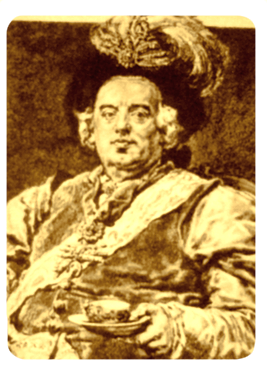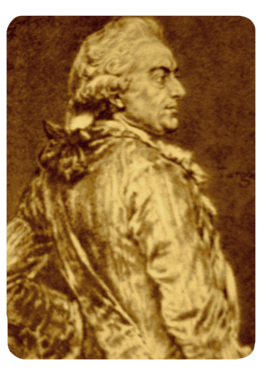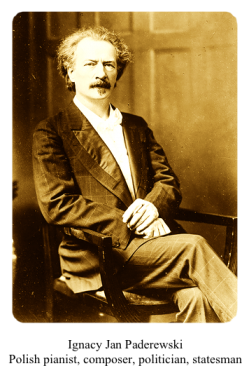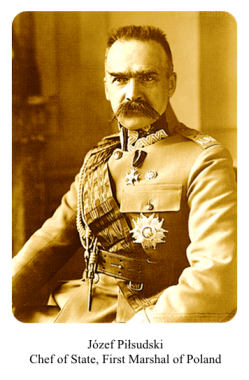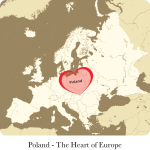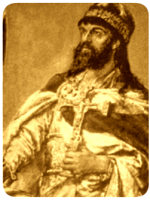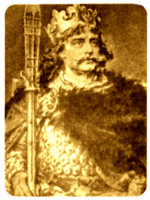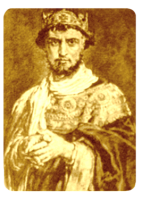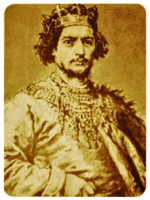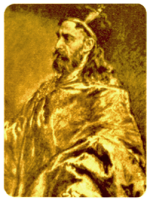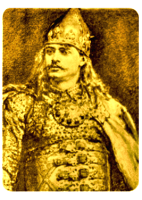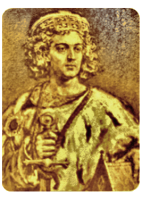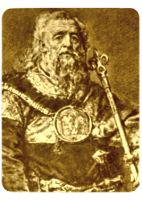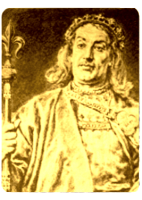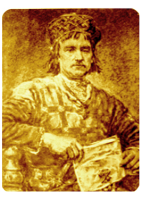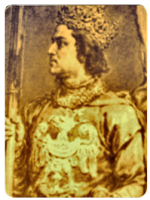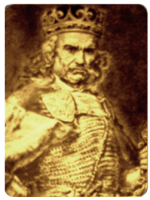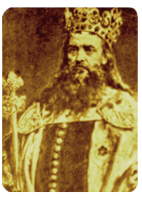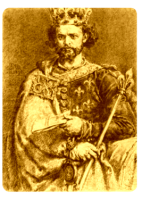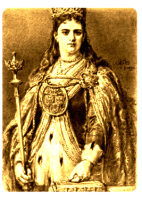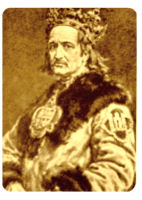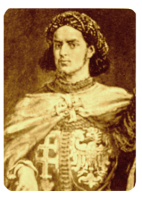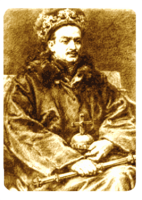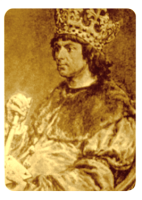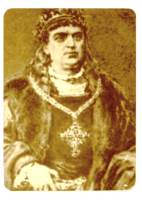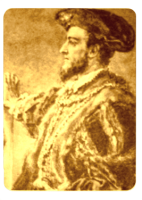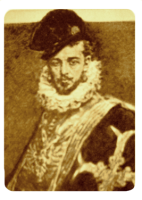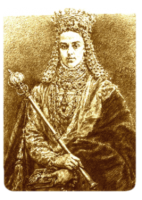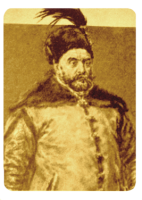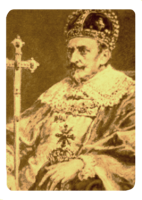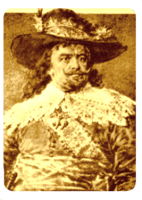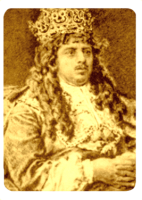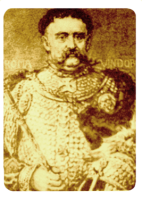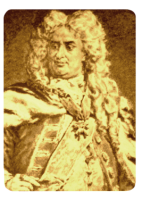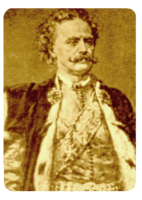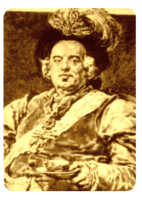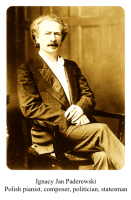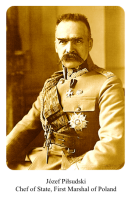"Christianity, patriotism and a passionate love of freedom are the dominant trends of the ten centuries of Poland's turbulent history. Few nations have suffered as much, faced so many reverses of fortune and yet retained their ethnic and cultural identity and vigor. Such endurance in the face of adversity inspires confidence in the future of this great nation. Some of those who enjoy freedom - and often take it for granted - may have something to learn from Poland's historical experience".













King Vladislav the Elbow-high 1320-1333
King of Poland (r. 1320-1333). Thanks to the efforts of Vladislav the Elbow-high, Poland at last reunited. A statesman par-excellence, Vladislav inspired his men on the battlefield, judiciously administered his lands, and navigated hazardous diplomatic waters.
King Casimir III the Great 1333-1370
King of Poland (1333-1370). Casimir III presided over the end of the Piast dynasty, but he nonetheless established himself as a talented and renowned Polish king. Building upon his father's reforms, Casimir III reformed the army, doubled the extent of the Polish frontier, established first Polish University in Cracow (1364), reformed legal system, and oversaw the explosion of newly founded cities, castles, and towns.








King Sigismund II Augustus 1548 - 1572
King of Poland and Grand Duke of Lithuania (1548-1572). The sun set on the Jagiellonian kings once Sigismund II passed from the mortal world, but the Polish elective monarchy through Union of Lublin endeared him to memory. In 1569, the Union of Lublin laid the cornerstone of the Polish-Lithuanian Commonwealth.


King Stephen Bathory 1576-1586
King of Poland and Grand Duke of Lithuania, Prince of Transylvania (1576-1586). Despite his short decade in power, Stephen Bathory proved a model of judicious governance. Two phases defined the reign of Stephen Bathory: the contest with Maximilian and his tenure afterwards.



King John III Sobieski 1674-1696
King of Poland and Grand Duke of Lithuania (1674-1696). John III inherited the Commonwealth in chaos, but this would not intimidate him. Widely reputed as the last successful Polish king, John III was a patron of Polish culture, a skillful strategist and endowed with great political foresight.






Resources
Timeline Inspiration / Idea - Lady Blanka RosenstielText: historic content - Prof. Marek Chodakiewicz
Design - Ewa Mitera
Images sources:
- Paintings of All Kings: Fellowship of the Kings and Princes of Poland author painter Jan Matejko (artist biography https://en.wikipedia.org/wiki/Jan_Matejko )
- Prehistory photo fot. G. Solecki/A. Piętak ( https://muzeum.szczecin.pl/zbiory/archeologia/epoka-brazu.html )
- Jagielonian coat of arms http://orzelbialy.edu.pl/czesc-3/ and http://www.wladcy.myslenice.net.pl/
- Piast coat of arms https://encyklopedia.pwn.pl/haslo/Orzel-Bialy;3952080.html
- Józef Piłsudski, Ignacy Paderewski images wikipedia.com
- Polish history map image wikipedia.com







































